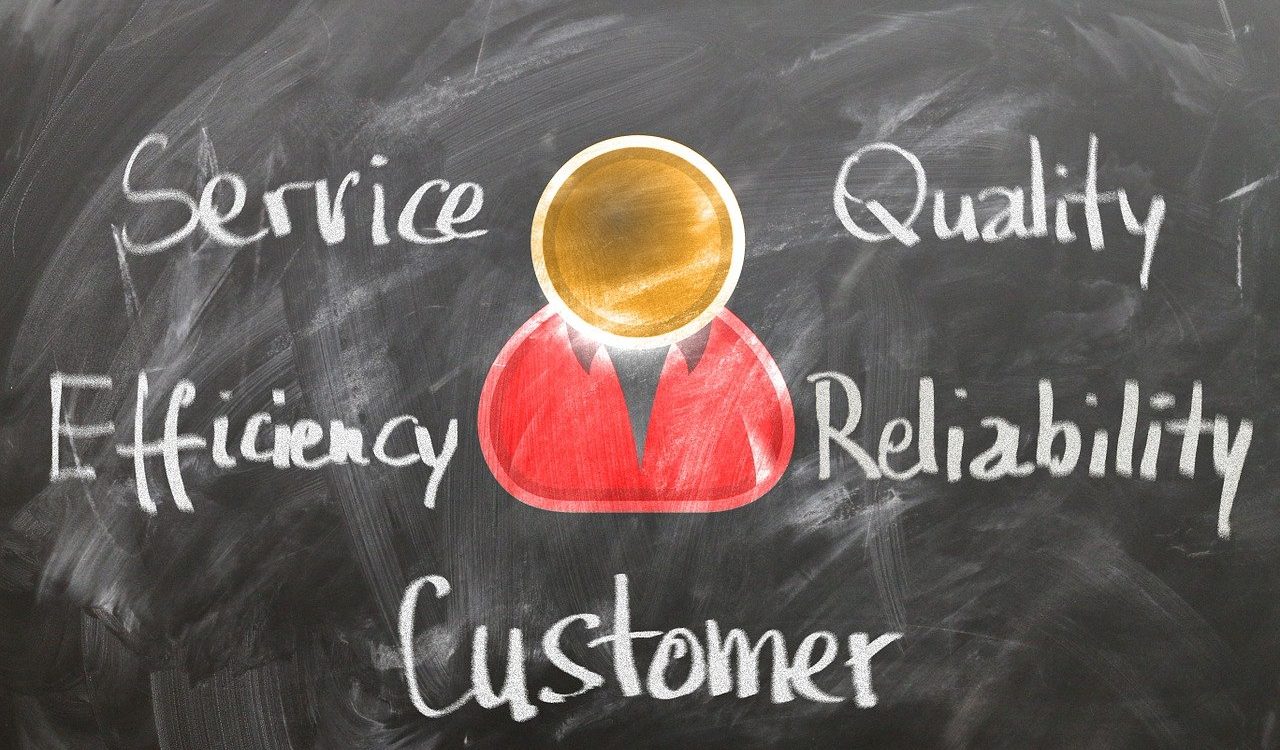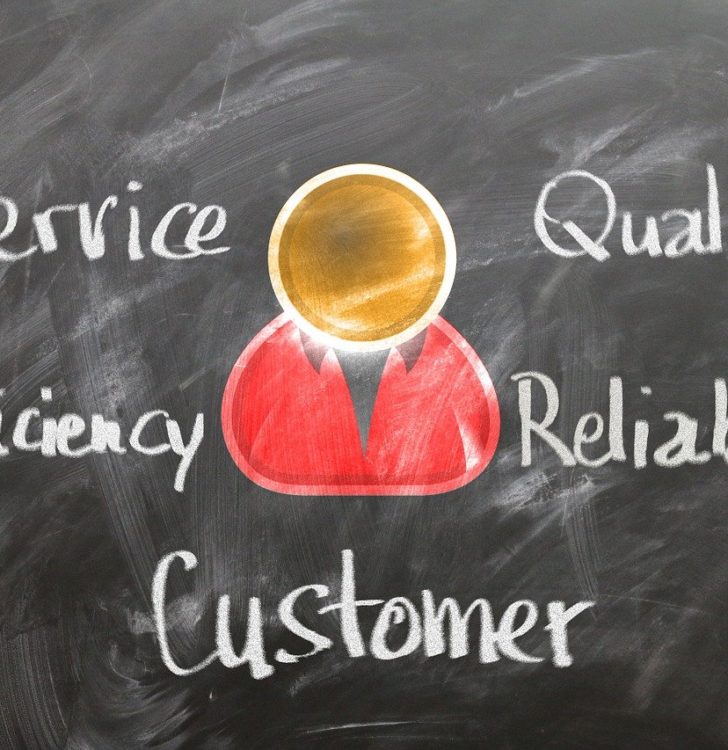In today’s B2B landscape, customer-centricity has become a cornerstone of sustainable success. Businesses that put their customers at the heart of decision-making see improved retention, stronger relationships, and increased opportunities for growth. Yet, achieving a truly customer-first culture remains a challenge for many organizations.
The Shift Towards Customer-Centricity in B2B
Traditionally, B2B companies have focused on efficiency and operational goals. However, the expectations of modern buyers are changing—they now demand personalized experiences, seamless interactions, and solutions tailored to their specific needs. Meeting these demands requires more than just good intentions; it calls for thoughtful strategy, cultural alignment, and skilled leadership.
Organizations that successfully transition to a customer-centric approach can realize:
- Stronger, long-term client relationships
- Enhanced trust and loyalty
- Greater innovation through close customer collaboration
Key Steps to Building a Customer-Centric Culture
Understanding the Customer Journey
Map out the customer’s journey to identify key touchpoints and pain points. Use feedback and data to refine these interactions and consistently exceed expectations.
Empowering Employees
A customer-centric culture begins with the people in your organization. Equip teams with the skills and mindset needed to prioritize customer success and foster empathy across all levels.
Breaking Down Silos
Seamless collaboration between departments—especially sales, marketing, and customer service—is critical. Aligning goals and fostering communication ensures customers receive a unified experience.
Leveraging Data for Insights
Customer insights drive better decision-making. Invest in tools and talent that allow you to understand your clients’ needs, predict trends, and proactively address potential issues.
Leadership That Sets the Tone
Leaders play a crucial role in embedding customer-centric values into company culture. Strong leaders inspire teams, champion customer needs, and guide the organization through the necessary changes.




